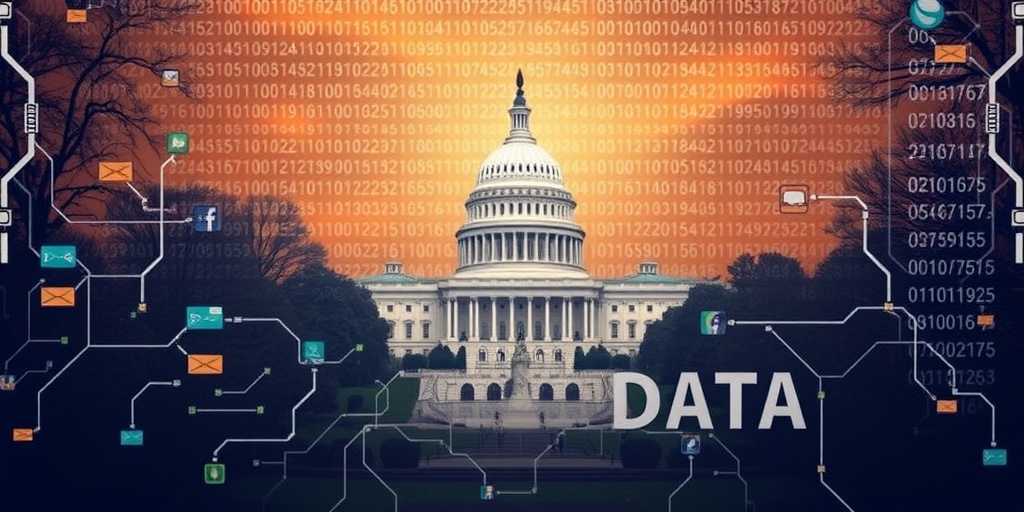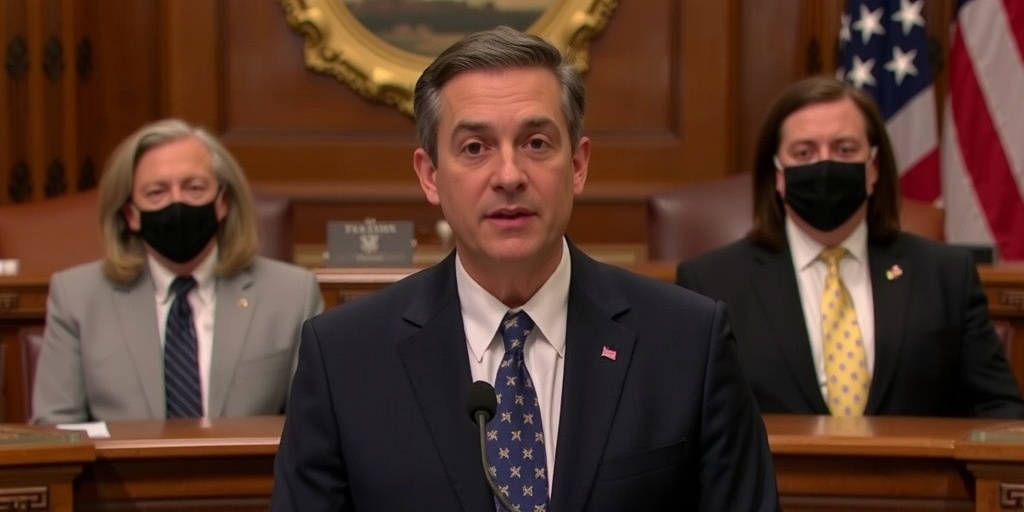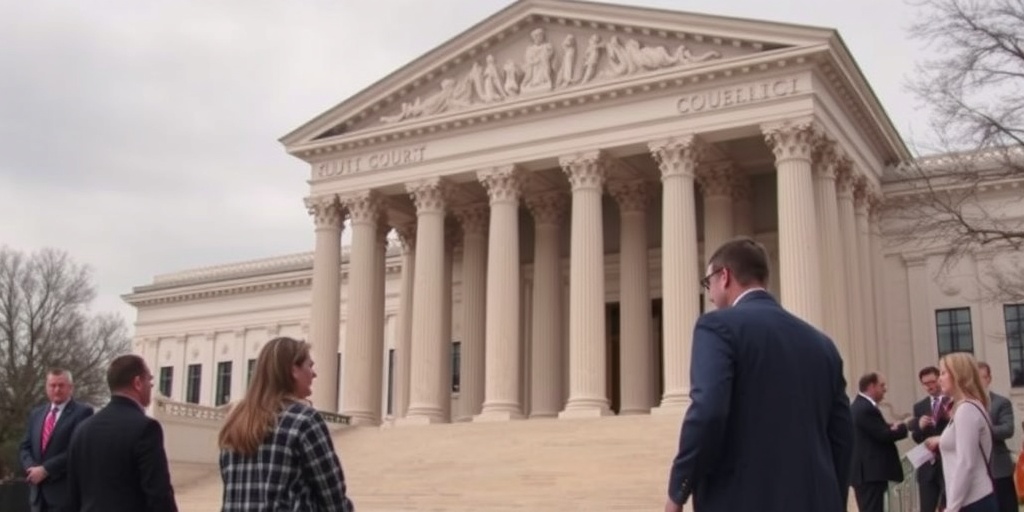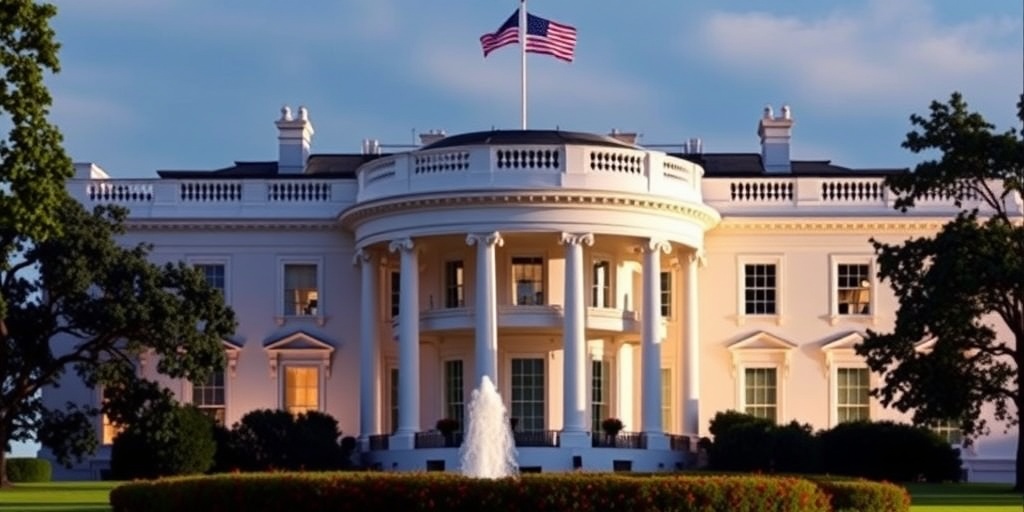Now Reading: When Musk’s Team Arrives, It’s War at the U.S. Institute of Peace
-
01
When Musk’s Team Arrives, It’s War at the U.S. Institute of Peace
When Musk’s Team Arrives, It’s War at the U.S. Institute of Peace
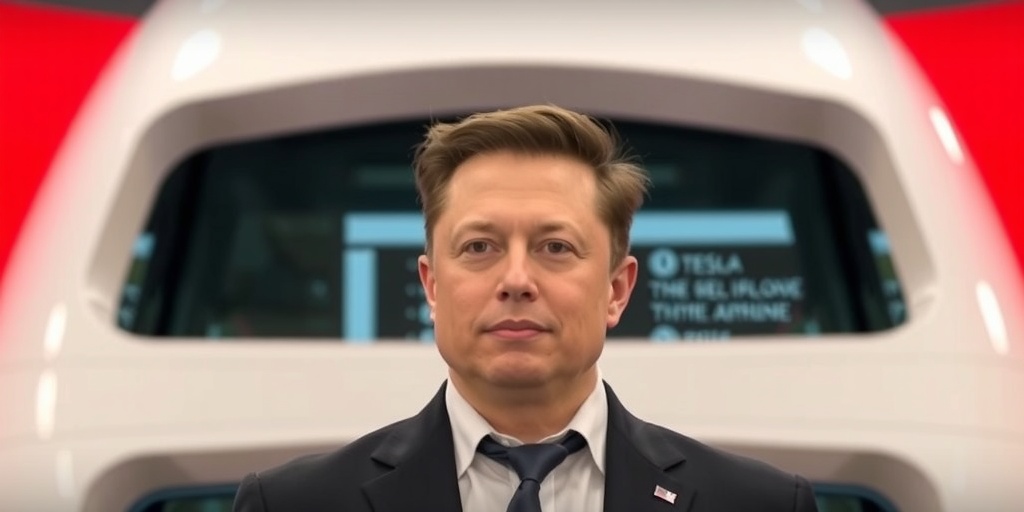
Title: Tensions Escalate as Musk’s Government Cuts Deep into Peace Agency
In a startling escalation of governmental power struggles, a confrontation unfolded on Monday at the U.S. Institute of Peace, as representatives from the Department of Government Efficiency, under the leadership of Elon Musk, forcibly entered the agency’s headquarters. This development follows President Trump’s directive to dismantle the agency, raising questions about the legality of the actions taken by Musk’s team.
The situation came to a head in Washington D.C. on a tense afternoon, with police presence significantly increasing as Musk’s representatives aimed to assert control over the institute, a congressionally chartered nonprofit that operates independently from the executive branch. Agency officials have argued that Trump and Musk’s efforts to dismantle the agency are not within their legal rights, citing the institute’s established status as a nonprofit organization.
Sophia Lin, a lawyer representing the institute, described the chaotic scene during a phone call as they were being escorted out of the building. “DOGE just came into the building — they’re inside the building — they’re bringing the F.B.I. and a bunch of D.C. police,” she stated, highlighting the gravity of the situation.
George Moose, the institute’s recently dismissed acting president, has vehemently criticized Musk’s team, alleging they broke into the premises. “Our statute is very clear about the status of this building and this institute,” he told reporters. Moose characterized the events of the day as an "illegal takeover" by elements of the executive branch over a private nonprofit corporation.
The incident serves as a focal point of resistance against Musk’s broader agenda to fire federal workers and eliminate various agencies. It starkly underscores President Trump’s willingness to challenge legal boundaries in his quest to reshape the federal landscape and exert control over traditionally independent entities.
A representative from Musk’s team redirected inquiries to the White House, while an administration official claimed that the institute was not complying with an executive order signed by Trump in February. This directive specified the agency’s elimination and mandated a reduction in its operations to the minimum required by law within a brief timeframe. Created in 1984, the U.S. Institute of Peace seeks to prevent and resolve conflicts, providing training for diplomats and negotiating peace agreements, and briefing Congress on pertinent issues.
In the wake of the executive order, the agency attempted to adapt by rebranding itself as a “cost-effective” organization, hoping to demonstrate its value in the face of potential dismantlement. However, those efforts proved futile as tensions escalated over the weekend, leading to confrontations that culminated in Monday’s showdown.
On Friday, government officials attempted to gain access to the institute but were turned away. Even as tensions simmered, Musk’s team returned later that evening, accompanied by FBI agents and armed with documentation concerning Moose’s removal. However, they were informed by the agency’s legal counsel of the institute’s independent status, resulting in their eventual departure.
The help of law enforcement would not deter Musk’s team for long. Over the weekend, reports surfaced that FBI representatives had threatened institute employees due to their refusal to provide access to the building.
As the week progressed, institute officials prepared to challenge the administration legally regarding the board removals, refusing to acknowledge the terminations as valid.
By Monday afternoon, media descended upon the site as news of the standoff spread. The remaining board members, consisting of Secretary of State Marco Rubio, Defense Secretary Pete Hegseth, and National Defense University President Peter A. Garvin, reportedly moved quickly to replace Moose with Kenneth Jackson, a State Department official involved in the dismantling of other government agencies.
As police arrived on the scene, officials for the institute reported a call to file trespassing claims against Musk’s representatives. Surprisingly, the police cleared the institute’s leadership from the building, suggesting a shift of authority meant to support Musk’s agenda rather than that of the independent agency.
The day’s events grew increasingly chaotic, and by afternoon, Musk’s representatives had escalated their efforts. They arrived in a government-plated SUV, flanked by individuals dressed in civilian clothing, posing as security.
Complicating the situation, police responded to reports of attempted unlawful entry, only to leave once those seeking access to the building had vacated. As the drama unfolded, negotiations between Musk’s team and institute lawyers continued outside the building, with formal demands for access to sensitive records being made, especially after threats of a criminal investigation loomed over the independent nonprofit.
Reports indicated that despite the disruption, Musk’s representatives intended to remain at the institute, which they characterized as crucial for their ongoing administrative actions. As they commandeered the resources of the agency, including its offices, they made the institute’s leadership feel increasingly unwelcome and pressured.
As the sun set, Musk’s team settled in for a potentially drawn-out occupation, with delivery meals heralding their extended presence within the once-independent office. As tensions continue to simmer, the implications of this confrontation raise significant questions about the future of independent bodies amid escalating executive authority in the Trump administration. The response from both sides remains uncertain, but one thing is clear: the dispute is far from over.
Stay Informed With the Latest & Most Important News
Previous Post
Next Post
-
 01New technology breakthrough has everyone talking right now
01New technology breakthrough has everyone talking right now -
 02Unbelievable life hack everyone needs to try today
02Unbelievable life hack everyone needs to try today -
 03Fascinating discovery found buried deep beneath the ocean
03Fascinating discovery found buried deep beneath the ocean -
 04Man invents genius device that solves everyday problems
04Man invents genius device that solves everyday problems -
 05Shocking discovery that changes what we know forever
05Shocking discovery that changes what we know forever -
 06Internet goes wild over celebrity’s unexpected fashion choice
06Internet goes wild over celebrity’s unexpected fashion choice -
 07Rare animal sighting stuns scientists and wildlife lovers
07Rare animal sighting stuns scientists and wildlife lovers













